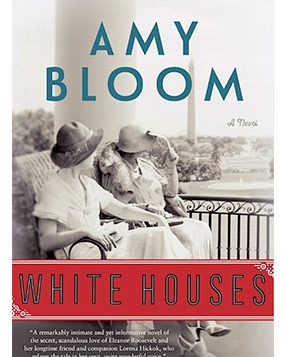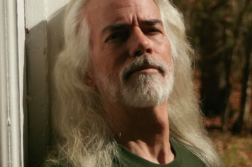“NO LOVE like old love.” So begins the critically acclaimed novel White Houses, by Amy Bloom, author of Awayand LuckyUs … A work of historical fiction, White Houses is narrated from the perspective of Lorena Alice Hickok, the AP reporter whose close relationship with Eleanor Roosevelt was so intimate that the First Lady wore a sapphire ring—a gift from Lorena, or “Hick,” as she was known—at her husband’s inauguration in 1933.
 Bloom doesn’t just wade into a hotly debated issue among historians—the two were certainly more than “just friends,” though to what extent may never be uncovered—but inhabits the mind and heart of Hick, the Wisconsin-born journalist with whom the upper-class Eleanor road-tripped alone (without the U.S. Secret Service) soon after Franklin’s swearing-in. White Housesbegins there, in the blue Buick roadster that was the First Lady’s closet-on-wheels. Bloom’s novel is a moving and psychologically insightful story on two levels: it treats the nature of their lesbianism as self-evident, and it also embraces the fact that Eleanor and Hick were no spring chickens by the time of the Great Depression but two middle-aged women with their own complicated life histories.
Bloom doesn’t just wade into a hotly debated issue among historians—the two were certainly more than “just friends,” though to what extent may never be uncovered—but inhabits the mind and heart of Hick, the Wisconsin-born journalist with whom the upper-class Eleanor road-tripped alone (without the U.S. Secret Service) soon after Franklin’s swearing-in. White Housesbegins there, in the blue Buick roadster that was the First Lady’s closet-on-wheels. Bloom’s novel is a moving and psychologically insightful story on two levels: it treats the nature of their lesbianism as self-evident, and it also embraces the fact that Eleanor and Hick were no spring chickens by the time of the Great Depression but two middle-aged women with their own complicated life histories.
A former lecturer at Yale, Bloom is currently the Shapiro-Silverberg Professor of Creative Writing at Wesleyan University. The interview was conducted by phone last July, with an e-mail follow-up.






